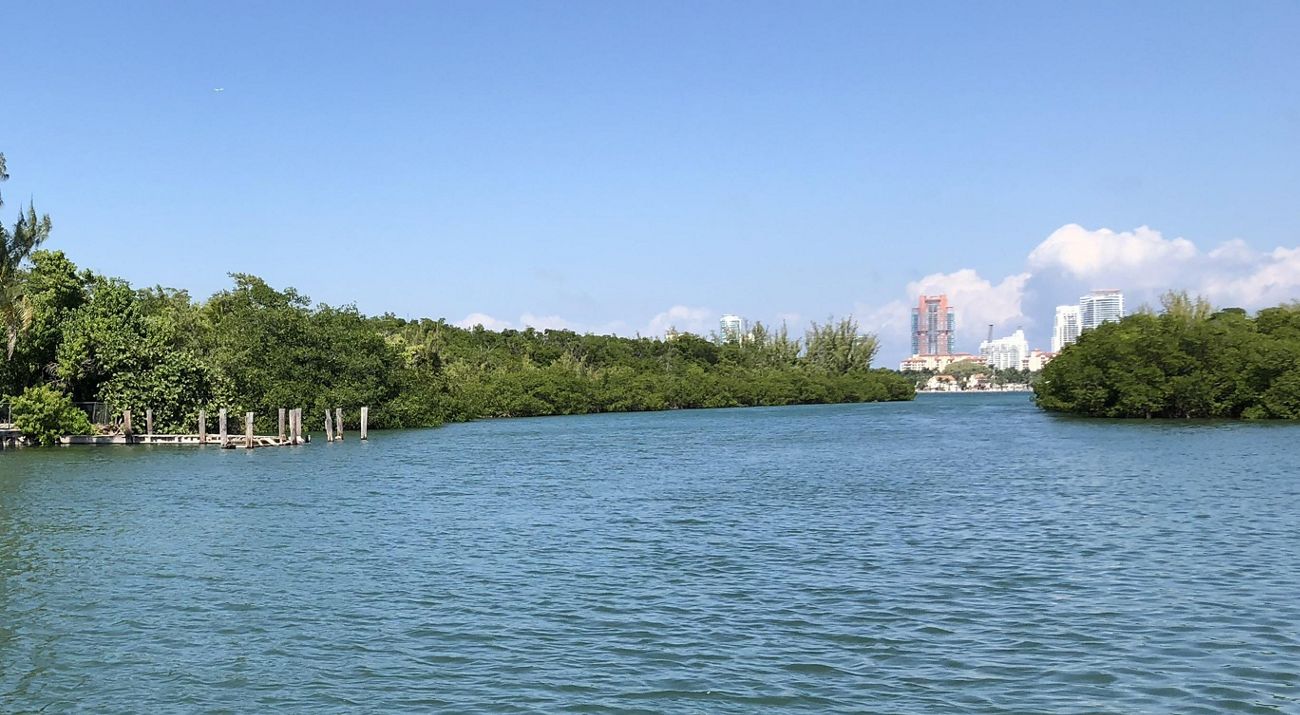Equal Access to Nature
Virginia Key became a cherished getaway for Miami’s Black community during the Jim Crow era.
By Angelo Haynes, Adapted for nature.org by Bronwen Butler.
Virginia Key is known today as an ecological treasure, with the largest mangrove wetland in the state. But the history of this 82-acre barrier island is far more complex than meets the eye; it also stands as a testament to the fight for equality—and equal access to nature—in the Jim Crow South.
Black labor played a crucial role in the development of Miami; in its infancy, the city’s population was as much as 40 percent Black. But, as in virtually all cities across the Deep South, the movement of Black residents was severely restricted. This included the ability to access and enjoy Miami’s beaches.
In the 1920s, D.A. Dorsey, a local Black millionaire, sought to change that. He purchased Fisher Island, north of Virginia Key, to give the local Black community a place for outdoor recreation; unfortunately, high taxes eventually forced him to sell. With no legal options for swimming and public recreation, Blacks looked south to a small barrier island called Virginia Key. The two-mile stretch of white sandy beach was only accessible by boat, but that mattered little. Nicknamed Bear’s Cut, it quickly became Miami’s de facto “colored only” beach.

Though increasingly popular, Bear’s Cut did not live up to the “separate, but equal” rule that governed segregated places in the South; nearby whites-only beaches featured a range of amenities: picnic areas, concession stands, BBQ pits, bathroom and shower facilities, and boat ramps. The only way to ensure equal facilities was through official designation as a county park.
That push for recognition was led by Lawson B. Thomas, the first black judge appointed in the post-Reconstruction South. Thomas organized “wade-in” protests at nearby Baker’s Haulover Beach, which was segregated. Black men would wade defiantly into the water with the intention of being arrested, their sole purpose to bring attention to the inadequate facilities on Virginia Key and the unequal access people of color had to Miami’s natural areas.

In an effort to avoid negative publicity and costly lawsuits, the county conceded quickly to protestors’ demands. Virginia Key Beach Park was established in August 1945 as Miami-Dade County’s only beach and swimming area exclusively for Miami’s African-American community. It quickly became a cherished getaway and integral part of black life in South Florida.
This small, unassuming stretch of shoreline, with its powerful and poignant history, represents a concept that TNC is committed to: Accessing and enjoying nature is a right for everyone. Our mission is to create a world where people and nature thrive, and dismantling racism is essential for all of us to truly thrive.


